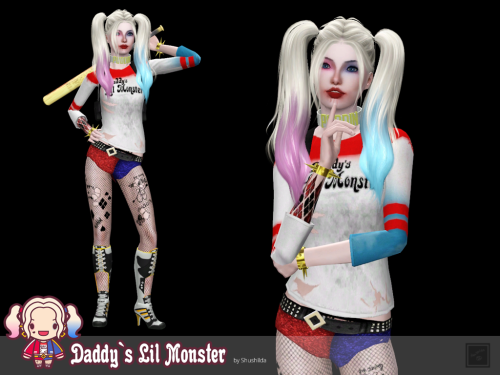

Writers went so far as to exploit known hardware errors to produce effects that the manufacturer of the computer had not intended. Where games and application writers were concerned with the stability and functionality of their software, the demo writer was typically interested in how many CPU cycles a routine would consume and, more generally, how best to squeeze great activity onto the screen. This created a competitive environment in which demoscene groups would try to outperform each other in creating outstanding effects, and often to demonstrate why they felt one machine was better than another (for example Commodore 64 or Amiga versus Atari 8-bit family or Atari ST).ĭemo writers went to great lengths to get every last bit of performance out of their target machine. Therefore, the variations among demos created for one computer line were attributed to programming alone, rather than one computer having better hardware. Prior to the popularity of IBM PC compatibles, most home computers of a given line had relatively little variance in their basic hardware, which made their capabilities practically identical. Screenshot from Second Reality, a demo by Future Crew. In the oldskool department techniques of the past like ASCII/ ANSI art, pixel graphics, chipmusic are constantly being used. Often terms "newschool" and "oldskool" are vaguely used to describe products for newer and older computers. Through the making of intros and stand-alone demos, a new community eventually evolved, independent of the gaming : 29–30 and software sharing scenes.ĭemoscene productions can be made with the latest consumer technology or with ancient, obsolete home computers and consoles. They soon started competing for the best visual presentation of these additions. Crackers altered the code of video games to remove copy protection, claiming credit by adding introduction screens of their own (" cracktros"). The demoscene's roots are in the home computer revolution of the early 1980s, and the subsequent advent of software cracking. Demos and other demoscene productions (graphics, music, videos, games) are shared at festivals known as demoparties, voted on by those who attend and released online. The purpose of a demo is to show off programming, visual art, and musical skills.

The demoscene is an international computer art subculture focused on producing demos: self-contained, sometimes extremely small, computer programs that produce audiovisual presentations.


 0 kommentar(er)
0 kommentar(er)
